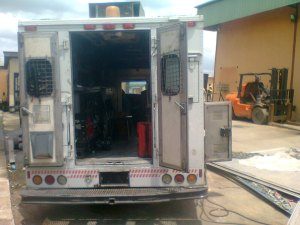All machines, especially vehicles, requires some forms of heat evacuation transfer methods, for proper and efficient operations. Without proper means of transferring heat from working mechanical or electronic components, these systems will abruptly breakdown, and cause a lot of issues, especially for vehicles, since our focus on the site are on vehicles.
Our focus today is on a persistent overheating problem that has defied all attempts to fix it from the car owner.
Almost all cooling system components have being replaced from a previous shop, ranging from the water pump, radiator assy, thermostat, cooling fans deleted from automatic control, to a constant running one from a previous shop.
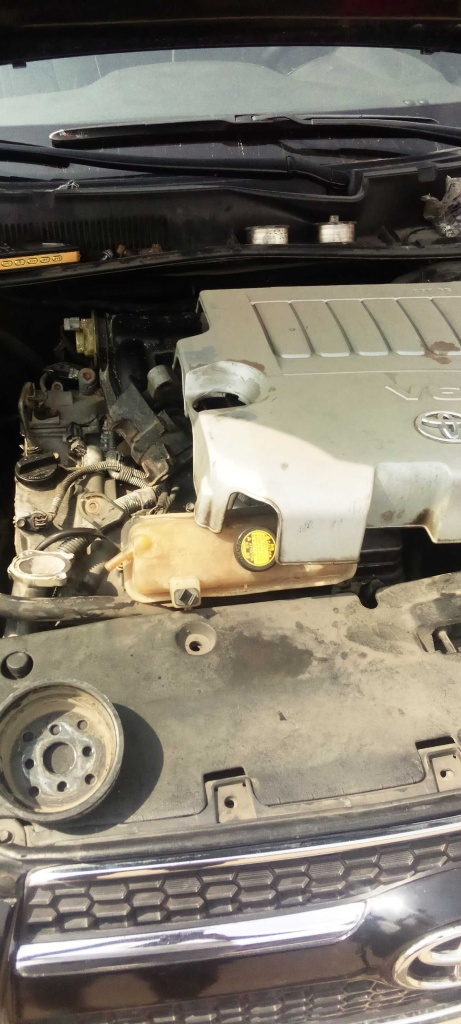
- Our visual inspections of the water, showed signs of green coloured coolant leaks around the water pump, which immediately meant the pump has to be replaced.
-
- We discovered the vehicle was a right handed one, which has being converted to a left hand drive one. The cooling system components most especially, the big radiator hoses, were not routed properly(were kinked on some portions). Those pipes had to be replaced, to provide for proper coolant flow to the engine.
- A section of the iron pipe feeding coolant from the radiator assy, to the coolant reserviour, was bent or kinked also. From our test, this was where the major problem of the cooling system was coming from.
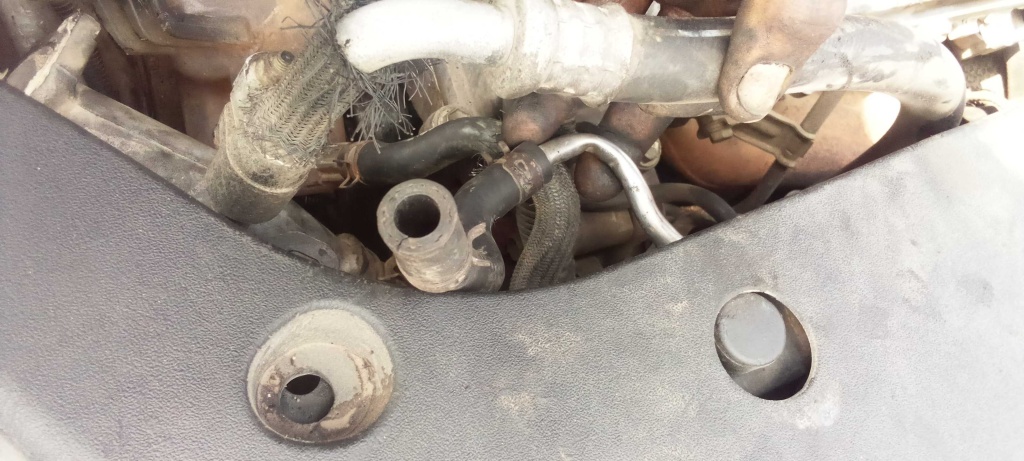
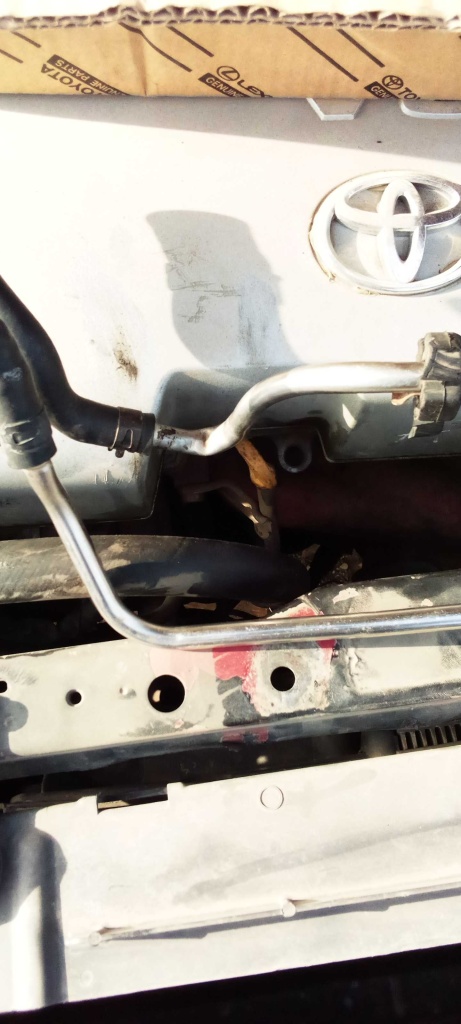
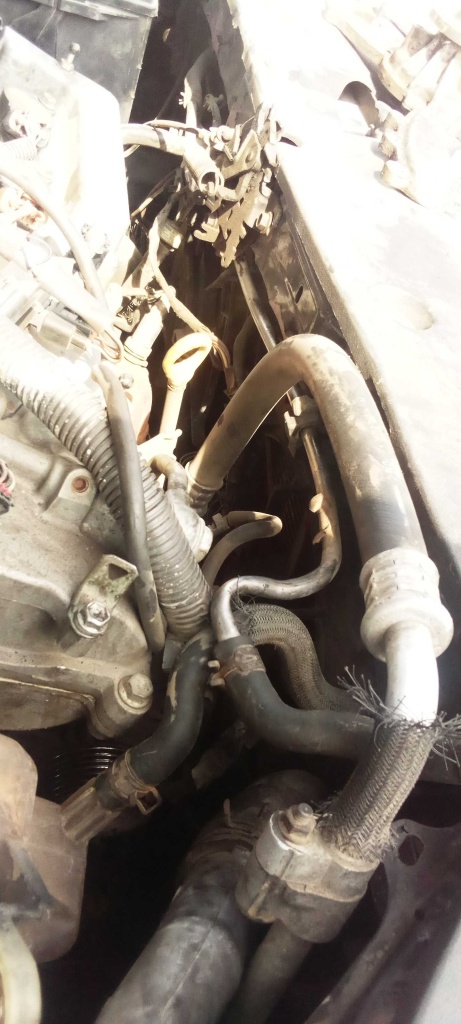
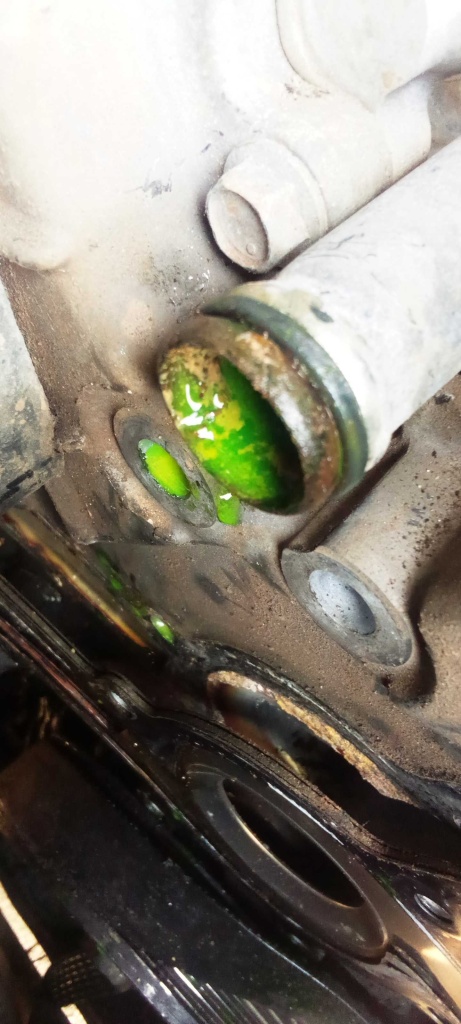
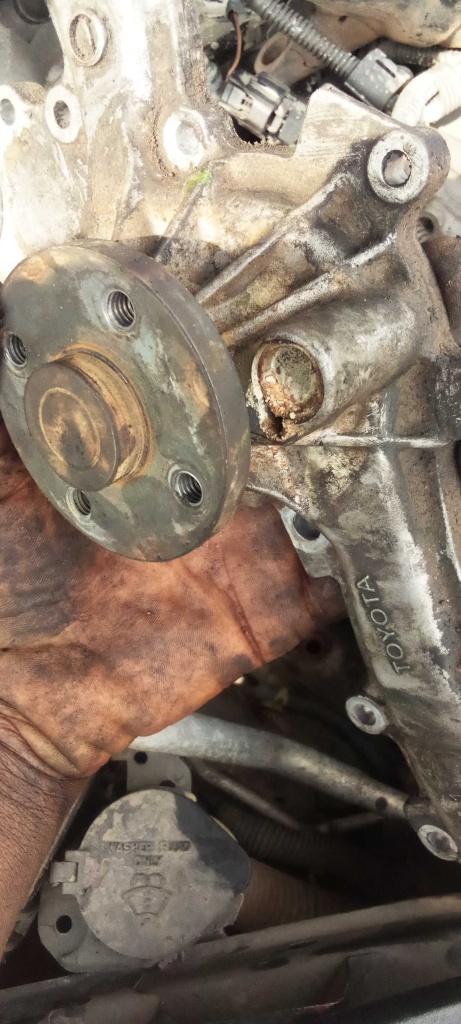
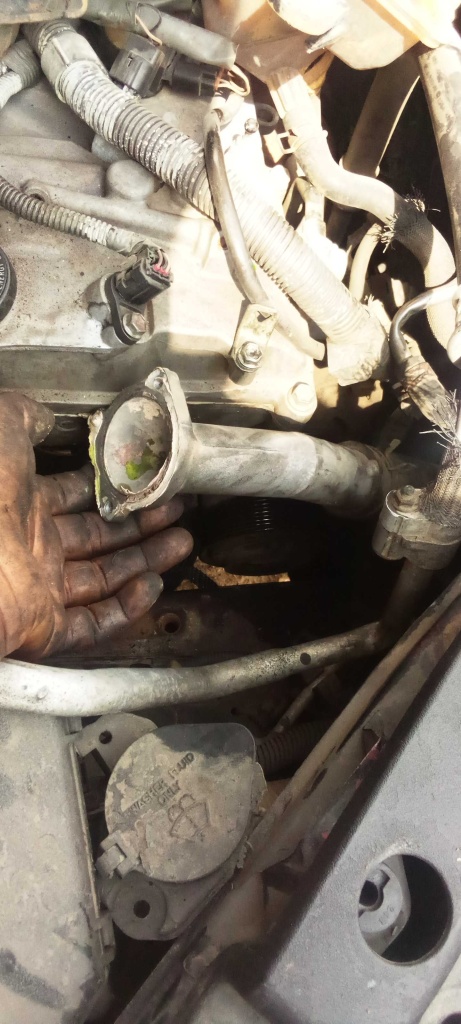
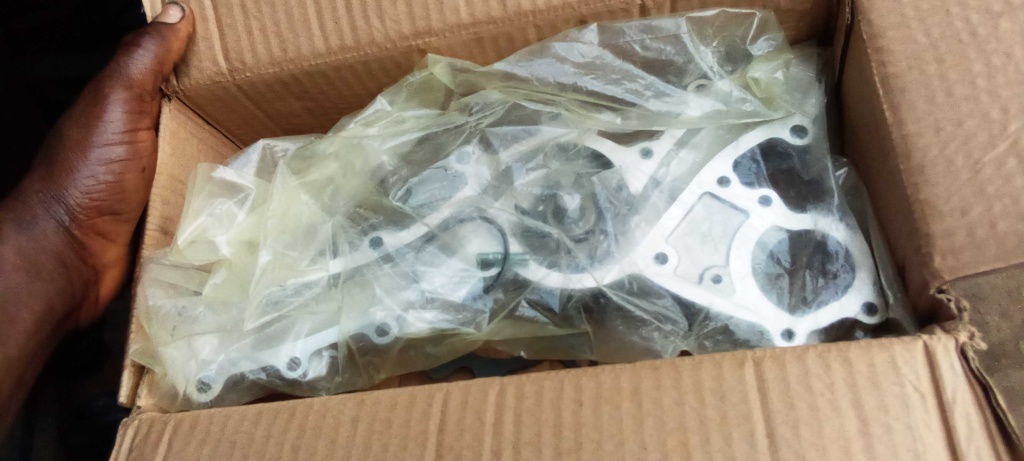
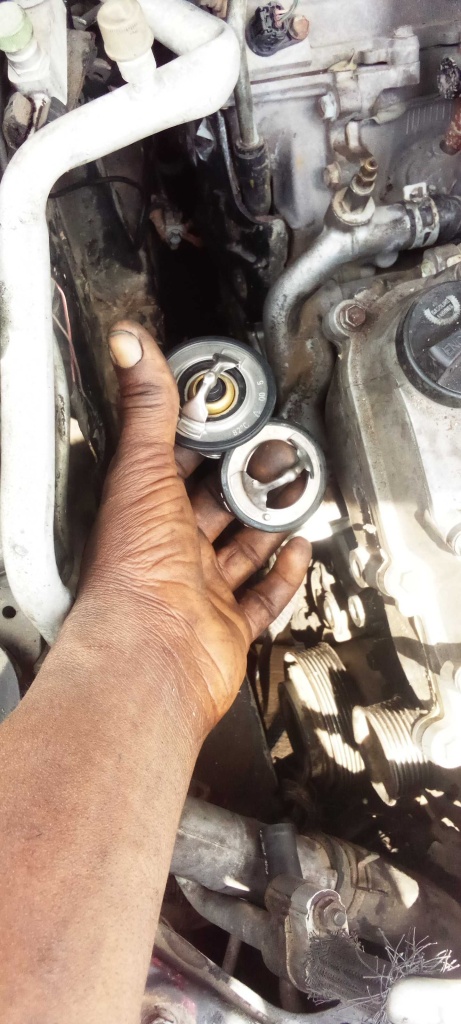
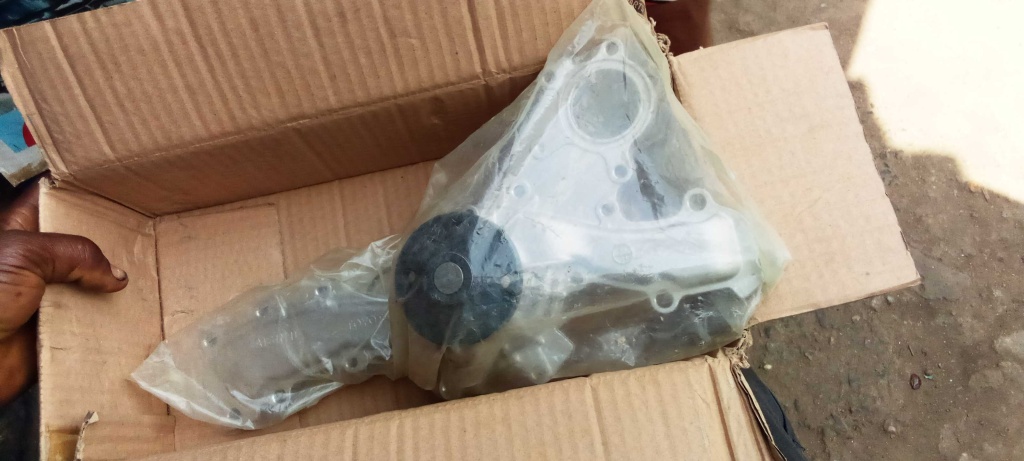
So any other time you experience a persistent engine overheating problem, do not just keep throwing money at parts, hoping that could fix the issue.
‘Cross examine’ whatever tasks has being performed on the vehicle, before the engine overheated. Such information, can shed more light into solving some of these problems.
For this particular vehicle, it had undergone some form of front end accident before, which warranted a body shop to replace the frontal end.





